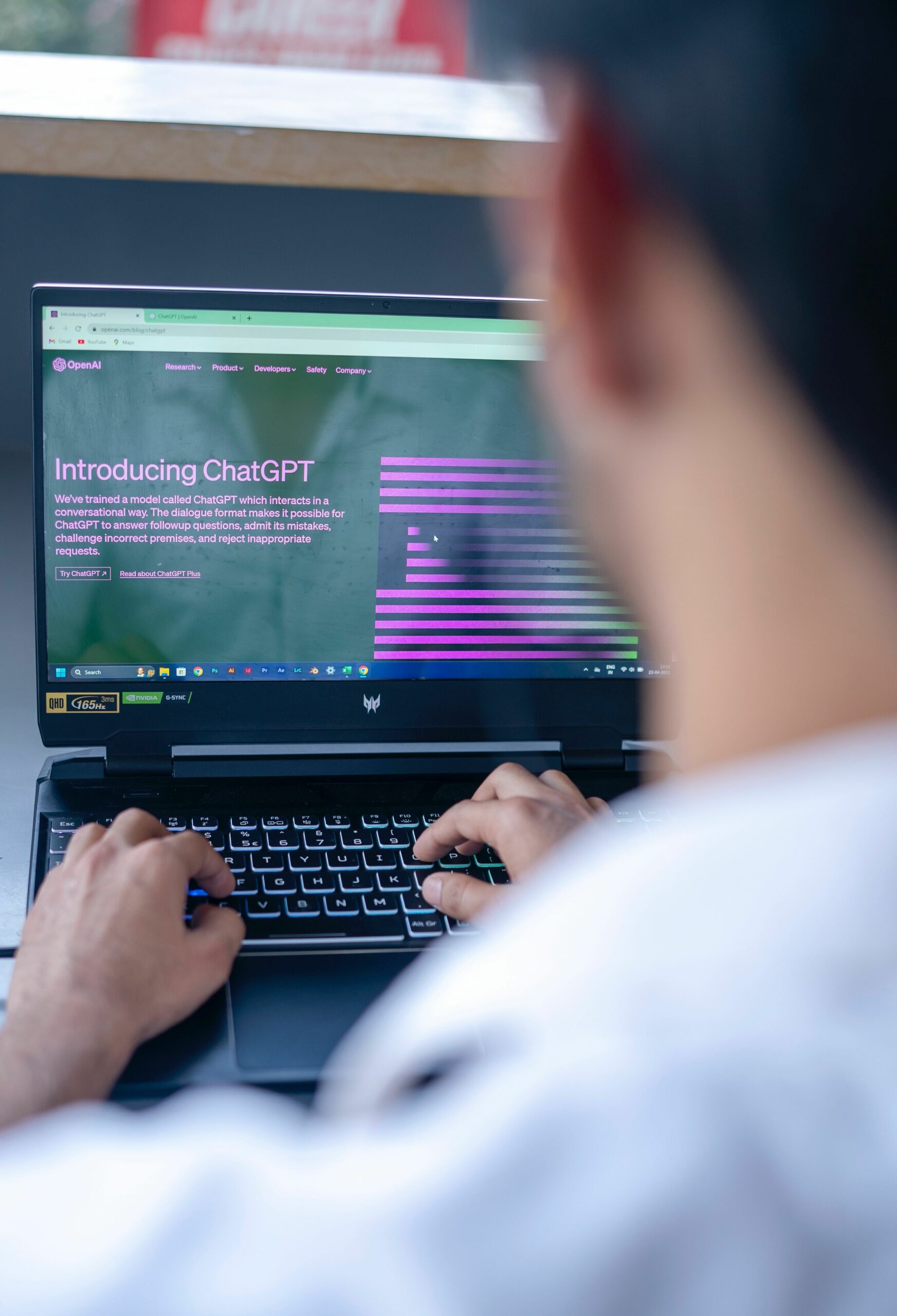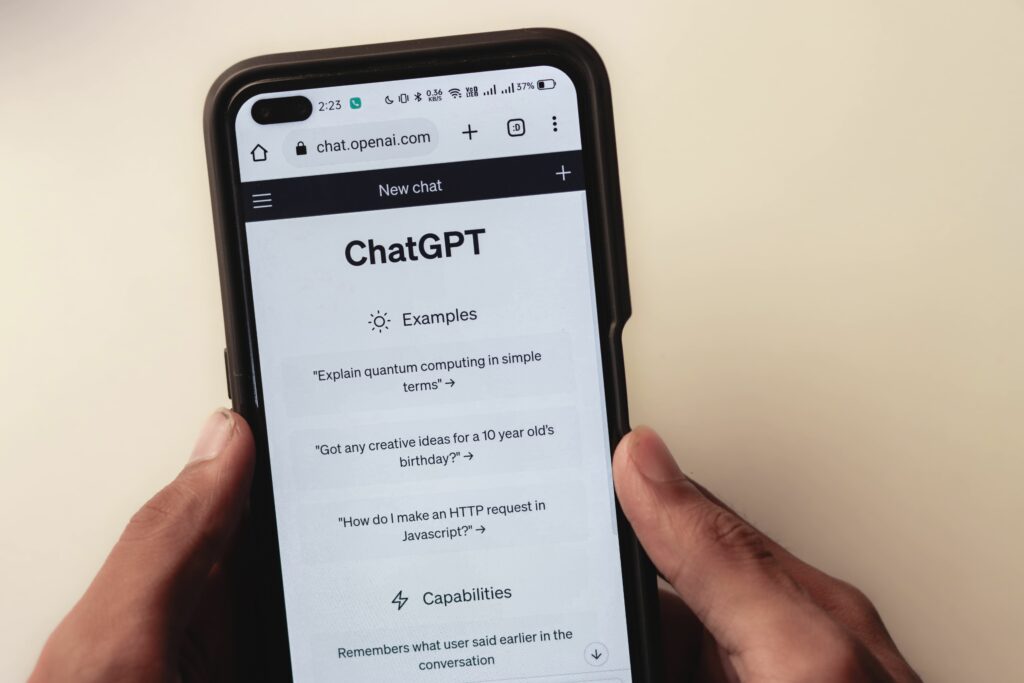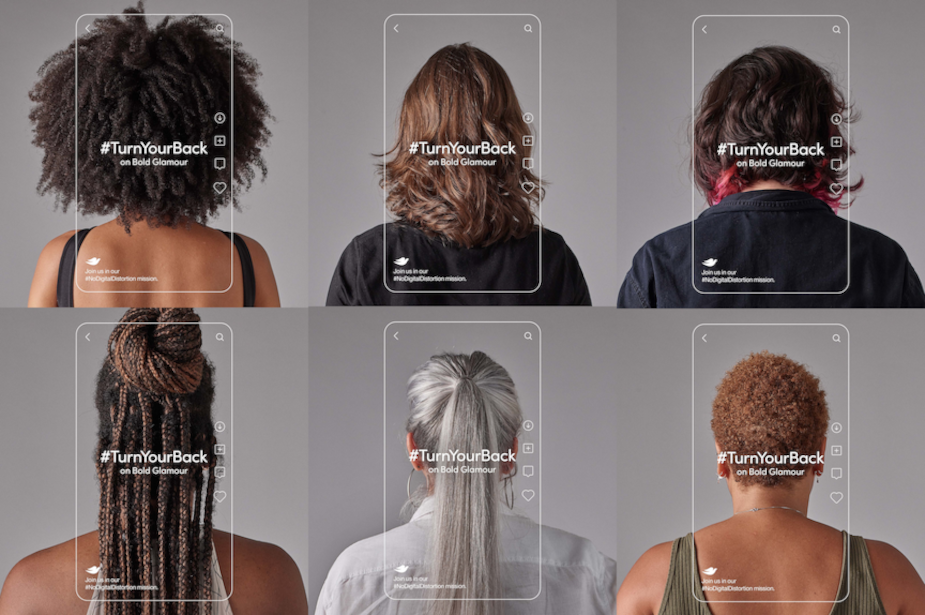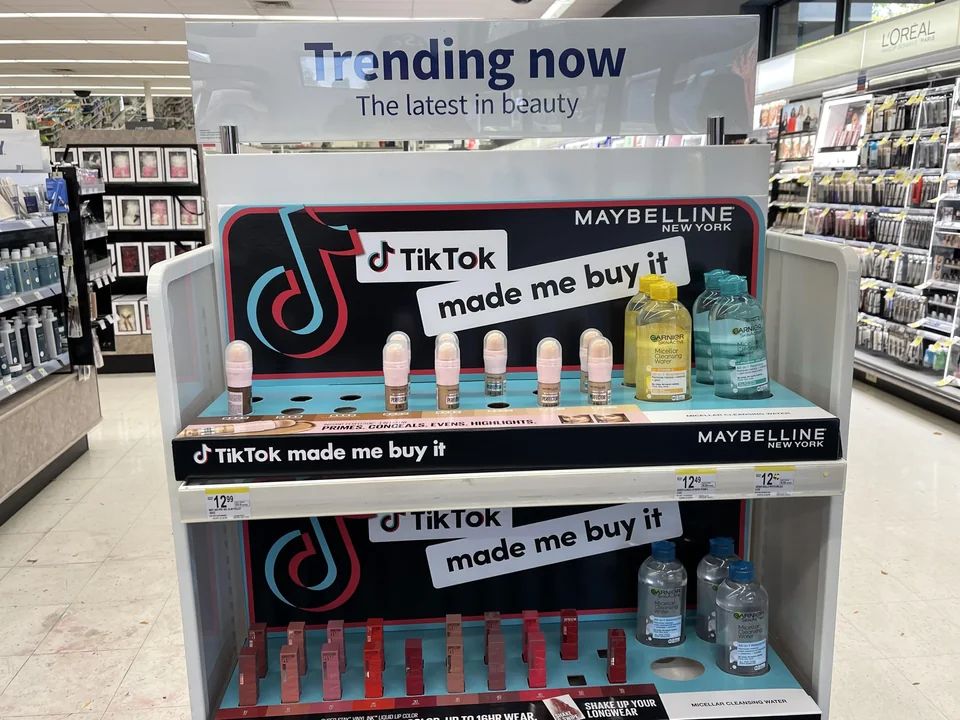Trendsetters: The Rise of Finfluencers
A breakdown of why finfluencers are impacting our financial decision making

In recent years, a new breed of influencers has emerged, capturing the attention of millions across various different social media platforms. Known as ‘finfluencers’, these individuals have gained remarkable popularity by offering financial advice, tips, and strategies to their growing audience. With their engaging content and expertise in personal finance, they have effectively carved out a space in the financial advisory landscape.
Here, we explore the multitude of reasons as to why finfluencers are taking over the financial social space, and explore the impact of their influence on individuals’ financial decision-making.

Accessibility and Relatability
One of the main reasons behind the increase in of finfluencers is their ability to make financial advice more accessible and relatable to a wider audience. Unlike traditional financial advisors who may seem intimidating or unapproachable, finfluencers use social media platforms to share their knowledge in a casual and engaging manner. They break down complex financial concepts into digestible bites, making it easier for people with little to no financial background to understand and implement the advice. They also often share their personal experiences, including financial successes and failures, fostering a sense of authenticity that resonates with their audience. This genuine connection builds trust, leading their followers to consider their advice more seriously.
Millennial and Gen Z Appeal
The rise of finfluencers is closely tied to the demographic shift in the audience seeking financial advice. Millennials and Gen Z, in particular, form a significant portion of their followers. These younger generations often prefer digital platforms and social media for information consumption, finding more affinity with influencers who understand their unique financial challenges, such as student loan debt, housing affordability, and gig economy work.
Educational Content and Empowerment
Finfluencers have made it their mission to increase financial literacy among their followers. They offer educational content that covers a wide range of topics including budgeting, saving, investing, and retirement planning. By empowering their audience with knowledge, they encourage them to take charge of their finances and make informed decisions. With the cost of living crisis in full force, this is something that is more in demand than ever.
Community Building and Peer Support
Finfluencers excel at community building, creating supportive environments where their followers can interact, share experiences, and learn from one another. This sense of belonging can be particularly valuable for those who might feel isolated or overwhelmed by financial challenges. The community aspect fosters a collaborative learning space where members can openly discuss their financial journeys without judgement.
Digital Disruption in Financial Services
The rise of finfluencers coincides with a broader trend of digital disruption in the financial services industry. Fintech innovations, robo-advisors, and online investment platforms have already transformed how individuals access financial products and services. Finfluencers fit into this evolving landscape, offering a human touch and personalised guidance that complements the convenience of digital financial tools.
It must be said that taking advice from finfluencers does come with its own risks. In a recent interview with the Financial Times, finance expert Bola Sol explained how ‘the accessibility of social media means new creators crop up frequently and produce content that takes advantage of people.’ There are, however, new measures being introduced to tackle the new social financial landscape.
Money Week reports how the Financial Conduct Authority and the Advertising Standards Authority have teamed up to warn finfluencers that some financial promotions could be a criminal offence and aims to provide them with clear guidelines to follow which they should check before agreeing to promote products.

As a result, many financial influencers are taking the IFA (independent financial advisor) certification to boost their credibility and expand their content. Experts like John Sommerville, head of learning at the London Institute of Banking and Finance, are huge advocates for this, arguing that “if creators aren’t educated enough, there’s a risk that somebody may be put into some form of financial distress.”
Overall, it is clear that the rise of finfluencers represents a paradigm shift in financial advice and education. With their accessible and relatable approach, they have successfully reached and inspired a vast audience, particularly Gen Z and millennials.
While traditional financial advisors and institutions still play a crucial role, finfluencers have demonstrated their impact in increasing financial literacy, building trust, and empowering individuals to take control of their financial futures. As with any source of financial advice, however, it is essential for followers to exercise discernment, cross-reference information, and consider professional advice when making significant financial decisions.









































